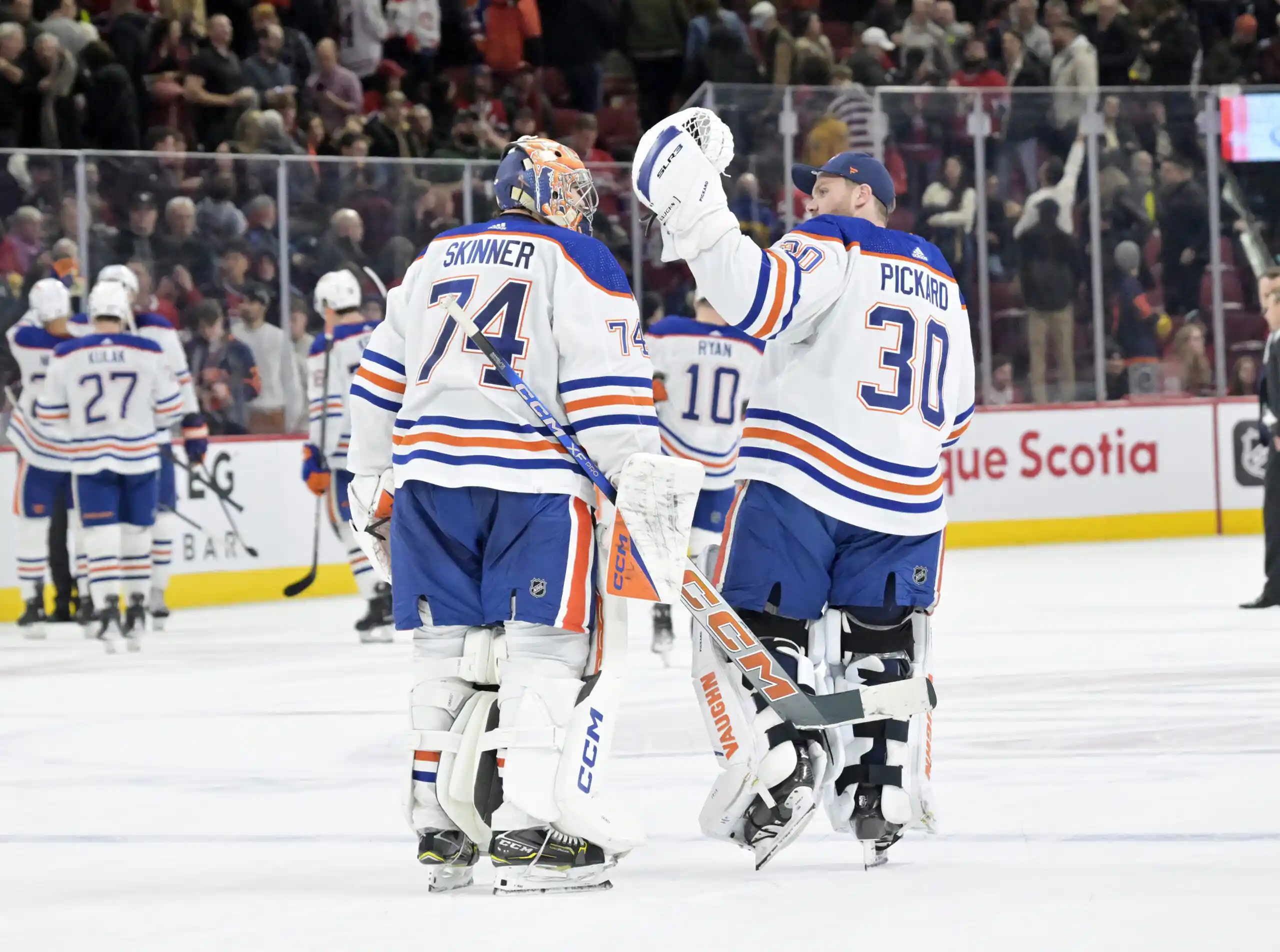Cameron Abney: Probably not Stu MacGregor’s fault, but still a bad pick
Cameron Abney, a third round pick (82nd overall) of the Edmonton Oilers in the 2009 NHL Entry Draft, played his first professional season in 2011-12. He played 14 games in the AHL, going scoreless, and 29 games in the ECHL, picking up five points. He did pick up 156 penalty minutes.
For most prospects with the hope of an NHL job, those would be ridiculously bad numbers. Yet, in Abney’s case, they’re entirely unsurprising, and don’t indicate a failing prospect.
Standing Out

Abney played his junior career in the WHL. In 2008-09, his draft year, he played 48 games for Everett, scoring once, adding three assists and going minus-17. He went pointless in the post-season, getting outscored by a 15-year old defenseman named Ryan Murray who had joined the team for the playoffs.
Compared to the players picked after him, Abney’s paltry totals stand out. Kevin Connauton, a promising defenseman now on the cusp of NHL duty, was picked next. In 40 college games, he’d scored seven times. Another rearguard, Nicolas Deslauriers out of the QMJHL, just completed his rookie year with the Los Angeles Kings’ AHL affiliate in Manchester. He scored 11 goals in 2008-09. Cody Eakin, a WHL forward like Abney, went 85th overall. He’d scored 24 goals in his draft year, a figure that would jump to 47 the year after. He played 30 games for Washington this year as a rookie professional.
“Power Forward”
Abney made the point that fall that he didn’t really get a fair shake as a rookie WHL’er, and thought he could do more. After noting down that Abney “has all the tools to be an effective power forward,” the Sun’s Derek van Diest quoted the Oilers prospect:
"Last season wasn’t really what I expected, I didn’t really get much of an opportunity as a 17-year-old going in as a rookie," he said. "Towards the end of the year, it got better, I got more ice time and developed more of my physical game. It was good, because I knew they weren’t expecting to get goals or points out of me. I knew what my role was, so in that regard it was good. But hopefully this year, I can be more of an offensive guy as well as a physical guy."
He scored six goals the next year in 68 games. In 2010-11, as a member of the Oil Kings, he’d post far and away his best totals – seven goals and 20 points. Those are terrible numbers for a power forward. But then, that’s not really what Abney is.
In one sense, it’s disingenuous to compare Abney’s offensive totals to other players in his draft class. That’s not the player he is. He wasn’t even really drafted for his hockey skill – he’s an enforcer, and if the Oilers get very, very lucky he’ll be able to play a regular fourth-line shift and not get burned too badly.
Asset Management For Dummies

That’s what the problem is, really. To get the equivalent of a Darcy Hordichuk or Steve MacIntyre, the Oilers invested a third round pick, and will now spend years developing Abney. Hordichuk was acquired – no development or asset exchange necessary – as a free agent, costing $825,000 on a one year deal. The last time Hordichuk was traded, it was with a conditional fifth round pick in exchange for a fifth round pick. Steve MacIntyre was a waiver-wire pickup, and he left town the same way.
In other words, even if the Oilers develop Abney into an NHL-level enforcer, it seems unlikely that they’d ever be able to trade him for a third-round pick.
There’s no reasonable excuse for drafting a player like Abney in the top-100, when the Oilers could get a player equivalent to what he might (if all goes well) turn out to be for a pick outside the top-100. This is likely less a failure of the scouting staff than it is of decision-making at the top. Presumably, someone in a position of authority in the room said ‘we need an enforcer’ and had one drafted. It may have been Stu MacGregor; more likely it was someone above him on the managerial chart.
It was a bad decision.
Recently by Jonathan Willis
Recent articles from Jonathan Willis





